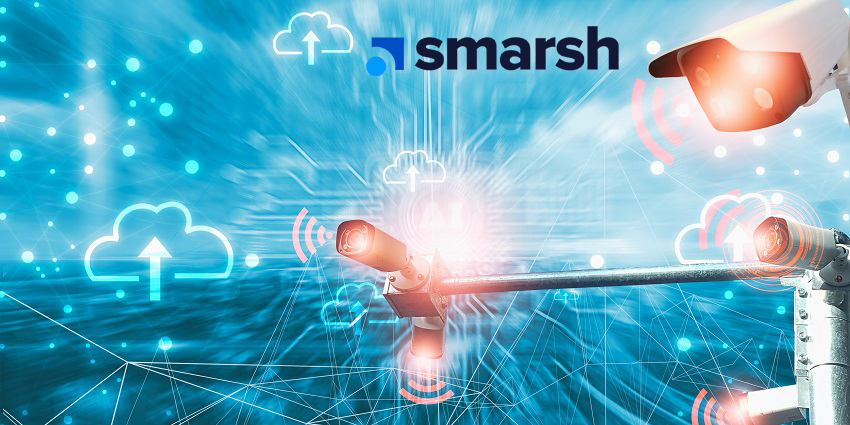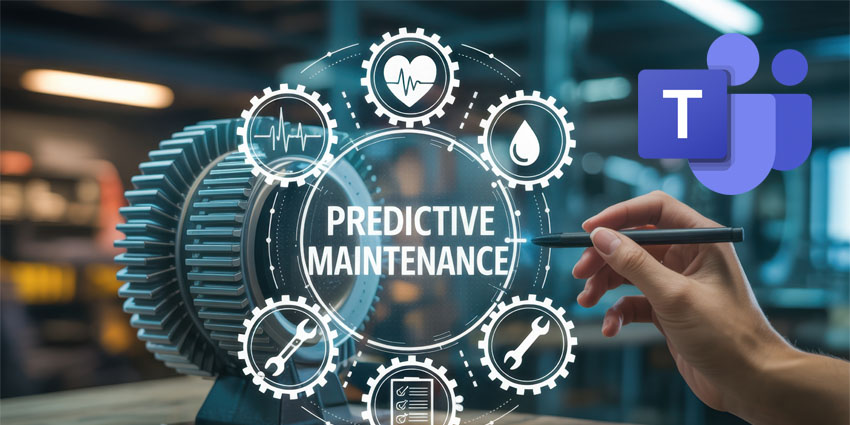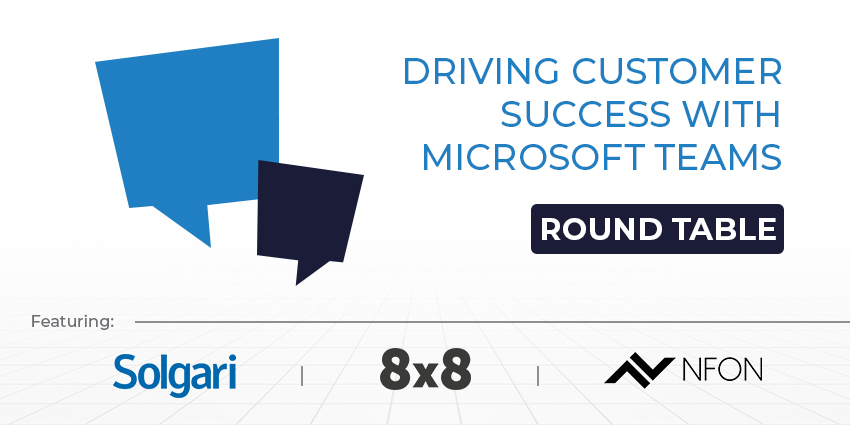The significant hype that surrounds artificial intelligence and large language models is adding a further wave of complexity – and opportunity – to businesses’ digital transformations. The capabilities that these tools bring are enabling a spate of new use cases, many of which need time to mature and fully optimise.
With these new use cases comes associated compliance requirements. There are increasing concerns about the impacts of automation alongside these capabilities, as well as:
- Invasion of privacy
- Intrusive surveillance
- Obsessive management oversight
However, surveillance doesn’t have to be sinister, and AI and the utilisation of large language models (LLM) can be a force for good.
“There has been a lot of talk about how AI will impact the culture of work which, as specialists in helping companies ensure regulatory compliance, doesn’t directly interest us. However, we have identified multiple ways in which surveillance can benefit customers beyond traditional compliance,” says Shaun Hurst, the principal regulatory advisor at Smarsh.
“Systems can readily be used to identify toxic culture and negativity and we have models that can be used to address bullying and harassment.”
“Surveillance can be perceived as sinister as managers monitor workers but it’s about more than that, it’s also about using better safety and surveillance for good,” adds Hurst. “For example, the move from working from home to return to office has seen an emergence of haves and have-nots whereby some workers are treated unfairly or exposed to bullying behaviour. Companies are wondering how to monitor for that.”
Hurst outlines scenarios in which those in offices might be envious of those at home and isolate or exclude them from meetings. Some of this activity might be unconscious bias in which home-workers are perceived to have less to add or to be less productive. Systems used for compliance can be easily adapted to identify these issues.
“You can determine negative, aggressive or questioning language and that gives an opportunity to go into compliance use cases and look for off-channel communications for example,” explains Hurst.
“Machine learning can look at the intent of language and highlight why your communications with remote workers are negative. That might not be malicious. It could be unconscious bias but issues that affect mental health can be highlighted. For instance, if one or two helpdesk employees always appear to be involved in negative calls, there could be a reason behind that that systems can uncover — and allow management to take corrective action to address.”
In a work environment that is going through significant technological transformation and a period of sustained culture change following the pandemic, it is a logical next step for businesses to use their compliance tools — coupled with AI and machine learning — to uncover patterns and behaviours that are leaving workers exposed.
With multi-million-dollar court cases regarding workplace bullying and harassment increasing in frequency, businesses are faced with mounting costs that far outstrip the adoption of technologies to protect workers. In the UK, for example, a large investment bank is currently facing a £1m lawsuit from a former executive who has raised allegations about a culture of bullying at the firm.
“Surveillance in these scenarios isn’t sinister and can be a valuable way to support workers and protect the business,” adds Hurst. “There are numerous court cases being reported that range from people being overlooked for promotion for years to workers having to put up with a toxic work culture. It’s a good time to assess how monitoring could have avoided issues like these and saved businesses the costs of litigation.”
For more information, visit Smarsh.







